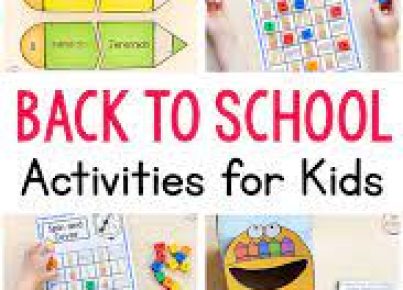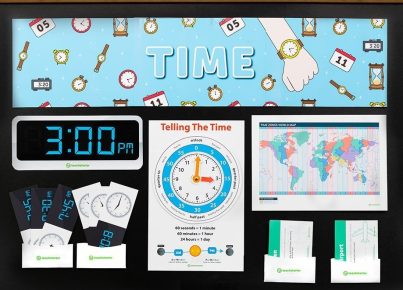Engaging young students in drama activities can be a fun and dynamic way to enhance their creativity, improve communication skills, and foster a love for the performing arts. Here is a look at some drama activities that are perfect for children in kindergarten through third grade.
1. Storytelling Circle: Have the children sit in a circle. Start a story by introducing a character or setting, then pass the story to the next student to add the next sentence. This encourages listening skills and imagination.
2. Emotional Charades: Unlike regular charades, here children act out different emotions, and their classmates have to guess the feeling. This helps with empathy and recognizing non-verbal cues.
3. Puppet Play: Provide the students with puppets or have them make their own. They can then script simple dialogues or scenarios to perform with their puppets, which allows for creative storytelling and role play.
4. Mirror Movements: Pair up students and have them face each other. One child leads by slowly moving their body, and the other tries to mirror these movements as closely as possible. This promotes observation skills and concentration.
5. Sound Effects Story: Tell a story and assign different sound effects or actions to certain words. Every time those words are mentioned, the students make the sound or perform the action. This is an interactive way to keep them engaged and attentive.
6. Costume Box: Keep a box of assorted costumes and props that children can use to dress up and create characters. They can then improvise scenes based on their characters, expanding their creative thinking.
7. Freeze Frame: Play music and have the students dance freely around the room. When the music stops, they must freeze in place and hold whatever position they are in until the music begins again.
8. Role Play: Create scenarios that are relevant to their experiences (e.g., going to the doctor, shopping at the supermarket), then let them act out these scenarios. It’s a practical way for kids to learn about everyday life situations through play.
9. Expression Imitation Game: Make faces displaying different emotions like happiness, sadness, anger, fear, etc., and have children mimic your expressions as accurately as they can.
10. Tableau Vivant: Also known as living pictures, this activity involves children working in groups to create scenes from stories or historical events without moving or speaking – like a paused moment of action captured in time.
Integrating these activities into classroom routine elevates energy levels and fosters inclusivity as every child gets an opportunity to participate equally. Drama exercises not only spark young imaginations but also build foundational skills that will benefit students throughout their educational journey.





